In a previous blog, we learned how you could Simplify Your Life with a Streamlined Workflow for Multiple Attribute Methodology (MAM). Based on the well-known technique of peptide mapping, a Liquid Chromatography-Mass Spectrometry-based MAM workflow (LC-MS MAM) enables...
Tags

Selecting an LC-MS system for quantitation of pharmaceutical drug development
We understand you are busy, needing to prioritize running instruments, reporting results and managing your laboratory to meet deadlines. We created a solution guide to explain how SCIEX systems fit in the drug development pipeline to save you time evaluating options.

Nitrosamines: Where are we now?
Nitrosamines are a large group of N-nitroso compounds that share a common functional N-N=O group. They are produced by a chemical reaction between a nitrosating agent and a secondary or tertiary amine. Back in 2018, nitrosamines suddenly found themselves in the spotlight when they were unexpectedly detected in medications for high blood pressure. Since then, they have been found in several other prescription medications, including those for heartburn, acid reflux and diabetes, resulting in manufacturers recalling some common medications.

Guide decisions during cell line development with more information at the intact level
Monitoring product quality attributes (PQAs) throughout monoclonal antibody (mAb) development is vital to ensuring drug safety and efficacy. By adopting orthogonal analytical techniques and integrating new technologies that have the potential to provide more information, it is possible to improve product quality and manufacturing efficiency and make more informed decisions.
High complexity of the lipidome
The complexity of the lipidome is diverse in the structure and there are many combinatorial isoforms that are available within nature. Currently, many different techniques are required to fully characterize a lipid molecule. What if you could do it in a single...

Breaking down the SCIEX Triple Quad™ 7500 LC-MS/MS System – QTRAP® Ready
Sensitivity and robustness carry different meanings in the world of mass spectrometry. Generally, sensitivity refers to an instrument’s ability to achieve lower limits of detection (LOD). Robustness, on the other hand, refers to an instrument’s ability to consistently...

The honey sting
As a consumer it’s hard for me not to feel inundated with claims that our food is “all-natural” or “chemical-free” or that we should buy certain “superfoods” for their health benefits. We read labels and trust that the product we are buying is what we are truly...

Innovation that’s blasting through limitations in explosive detection
Mass spectrometry’s important role in identifying explosives The need for rapid explosive detection is now an unfortunate reality. The remit is multifaceted. The first is for preventative purposes, to protect us from any threat to life. The second is in the...

A new generation of therapeutic modalities
There are over 7,000 genetic diseases that could potentially be cured using gene therapy. Rare metabolic diseases, autoimmune disorders, cardiovascular disease and cancers are some of the top disease classes that can be addressed with gene therapies. With over 1,000...
Enhancing Biologics with CESI-MS Characterization
Comprehensive characterization of a biologic requires analysis at both the intact and digest levels, but these analyses can be complex and cumbersome. For example, with conventional liquid chromatography separations, researchers are often left with limited information...
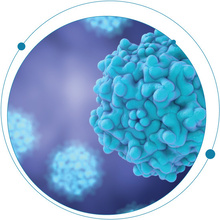
Full, partial and empty capsid ratios for AAV analysis: What’s the big deal?
For many of you working to develop gene therapy drugs, you know that the time to market the drug is critical. Because gene therapeutics cure diseases by targeting specific genes, it is a constant race to see who develops the drug first. Unlike other classes of drugs where multiple medications can be used to treat a disease, whoever is first to develop a gene therapy drug wins.

Purchasing Mass Spec Technology for Your Forensic Lab
What does every scientist think about in the lab? Validation. This is the feeling I encountered while reading a recent scientific report on nature.com. What struck me was not only the study itself which discounted cannabinoid incorporation into hair as a method for...
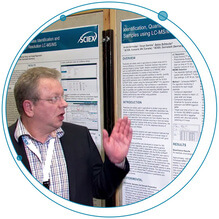
A Reliable Method for the Identification, Quantitation, and Confirmation of Pesticides
When carrying out routine pesticide identification tests in your lab how simple is the process of identification, quantitation, and final confirmation from sample to sample? A reliable method designed to generate multiple data sets and confirm sample data in parallel with your test can save an awful lot of time and effort which is especially helpful as the demand for routine testing increases. In this poster talk, Detlev Schleuder, Support Manager for Food & Environmental Markets, explains how the new QTRAP® 6500+ system can optimize your laboratory’s output with this simple method.

The Gluten Free Cookie Label Test
I am a label reader. I like to eat healthily and know what the long, confusing ingredients on the side of a package mean. Therefore, in the spirit of the holiday season, I dedicate this blog to all the gluten intolerant folks out there whose only wish is to eat a yummy cookie while also being absolutely positively sure it is gluten free.

Testing Liquor for Authenticity Using LC-MS/MS Technology
The Proof is in Your Holiday Drink If you think bootlegging was limited to the age of Prohibition then you have never tested liquor for authenticity using mass spectrometry. Maybe it is a scientist thing, but we simply cannot help but bring up the subject as people...

Five Tips for Safe Handling Holiday Decorations
Bring out the boxes of decorations this holiday season and while you are at it, keep in mind you could be facing dangerous exposure to chemicals too. From trees to garland, candles and toys, here are some tips to keep in mind for safe handling. Trees Fake trees are...
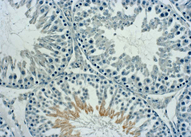
Gain New Insights Into Human Spermatogenesis with this “Click & Easy” OneOmics Workflow
A recent webcast by Charles Pineau, Director of Protim, IRSET, Rennes, France, demonstrates how you can use the OneOmics™ Platform as a "Click & Easy" workflow for integrating next-generation proteomics (NGP) data with next-generation sequencing (NGS) data. Dr....

Thanksgiving Menu: A Detectable Feast!
On Thursday 26th November 2015, millions of households across the United States will sit down to a hearty traditional Thanksgiving meal. The Thanksgiving holiday is when people celebrate the blessings of the year, in particular the harvest.

Are there Antibiotics in your Thanksgiving Turkey?
Truth – the first turkey I ever cooked was still frozen when it hit our plates. I couldn’t figure out why that thing was taking so long to roast. Then it hit me. I forgot to defrost the bird. If I recall correctly, even the giblets were still in it. It was ten p.m. when I broke the news to my guests that the turkey was not happening. A pizza was ordered, and everyone breathed a sigh of relief that they would not be suffering from a bout of food poisoning.
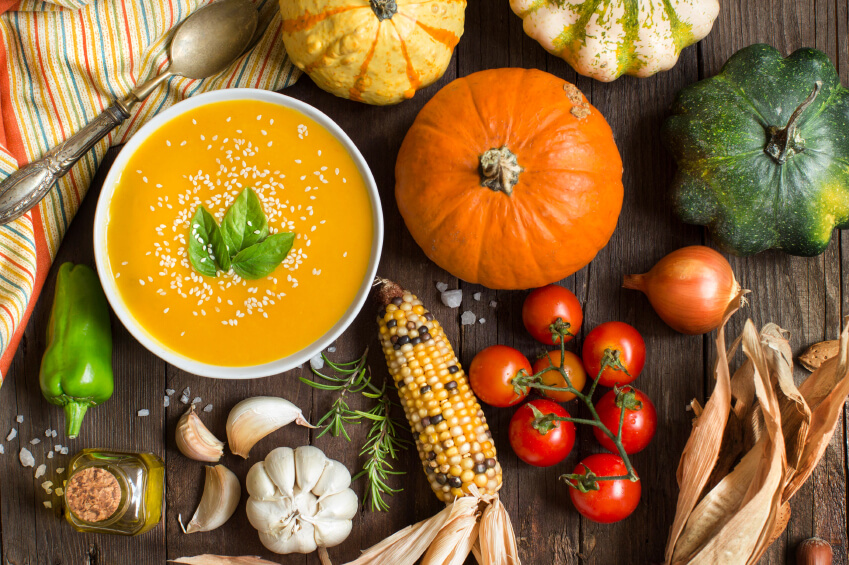
Celebrate with a Pesticide Free Thanksgiving!
Before you start wondering if you should buy organic ingredients this Thanksgiving, it is good to know regulating bodies set and monitor allowable pesticide limits within our food supply. Pesticides that help control pests, disease, and deter unwanted animals from eating supplies found in fields, mills, and facilities. How and when this testing takes place in the United States is overseen by the Environmental Protection Agency (EPA) according to five primary regulating statutes.

Keeping Up with Synthetic Cannabinoids Using Mass Spec
Facts about Synthetic Cannabinoids and why you need to pay attention to evolving science

Mass Spectrometry Helps Researchers Solve a Mystery about Type 2 Diabetes Drug
This is an article from November 21, 2013. We thought it was an interesting story to share with you on this World Diabetes Day.
For the research conducted by the Australian and Canadian researchers, the analysis at the molecular level was optimized on SCIEX instrumentation, including the SCIEX TripleTOF® 5600 and the SCIEX QTRAP® 5500 system

Top Three Ways SCIEX has fun with Halloween Candy
Halloween is the time for lots of trick or treats ranging from chocolate bars to lollipops and oh so good candy corn. However, come October 31, it is time to mind sneaky ingredients that have the best disguise of all. From pork extracts, artificial sweeteners, to stuff that is hard to pronounce, SCIEX digs up some of our recent Food and Beverage studies for some ghoulishly good fun.
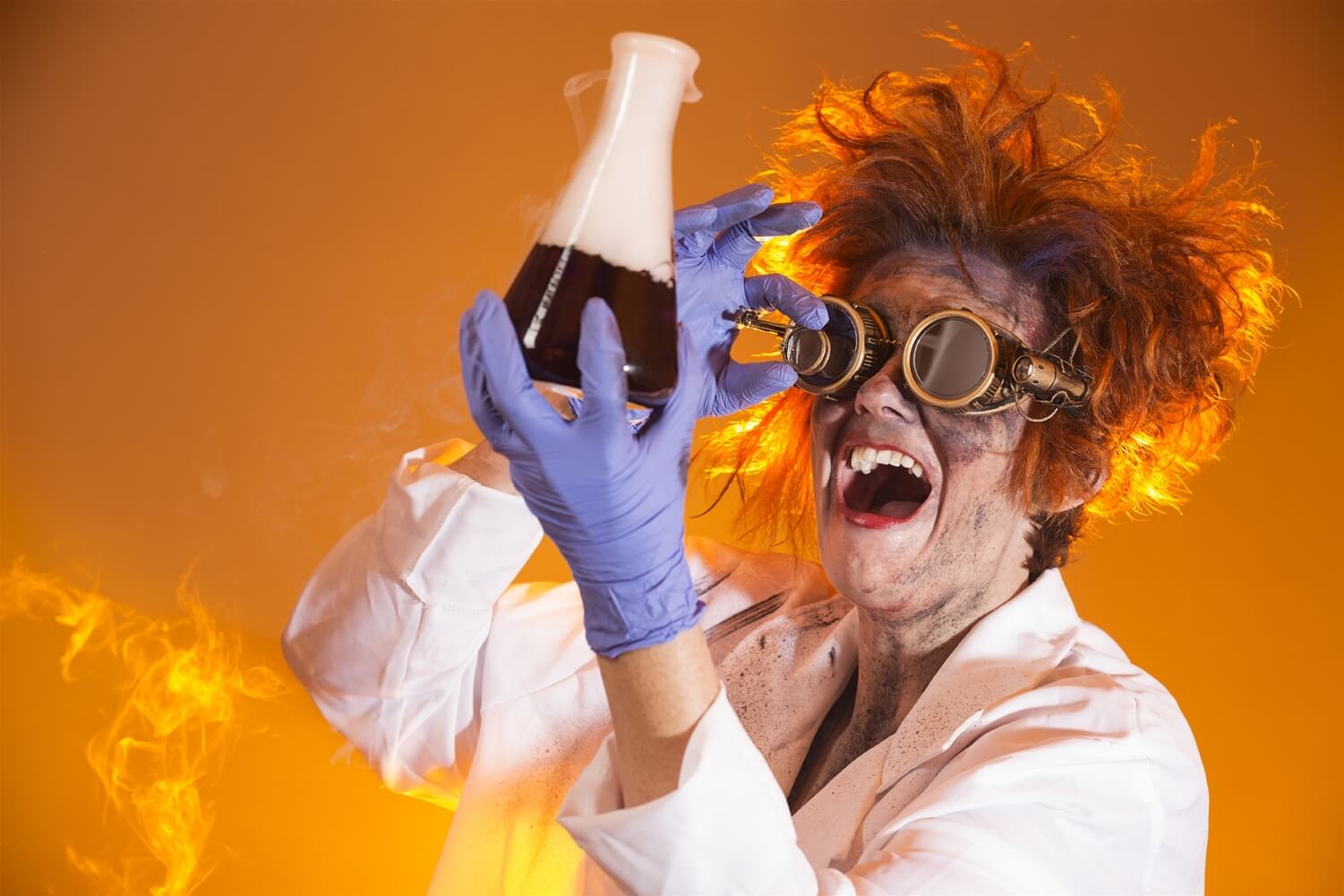
The Top Ten Things Scientists Think about on Halloween
The Top Ten Things Scientists Think about on Halloween
Analyze Large Omic Data Sets with Cloud Computing and See What More You Can Accomplish
Our scientific world is expanding. With each passing day, new discoveries are made, old discoveries are verified, and more data are generated. Large data sets are now the norm for omics experiments such as genomics, transcriptomics, proteomics, and metabolomics....
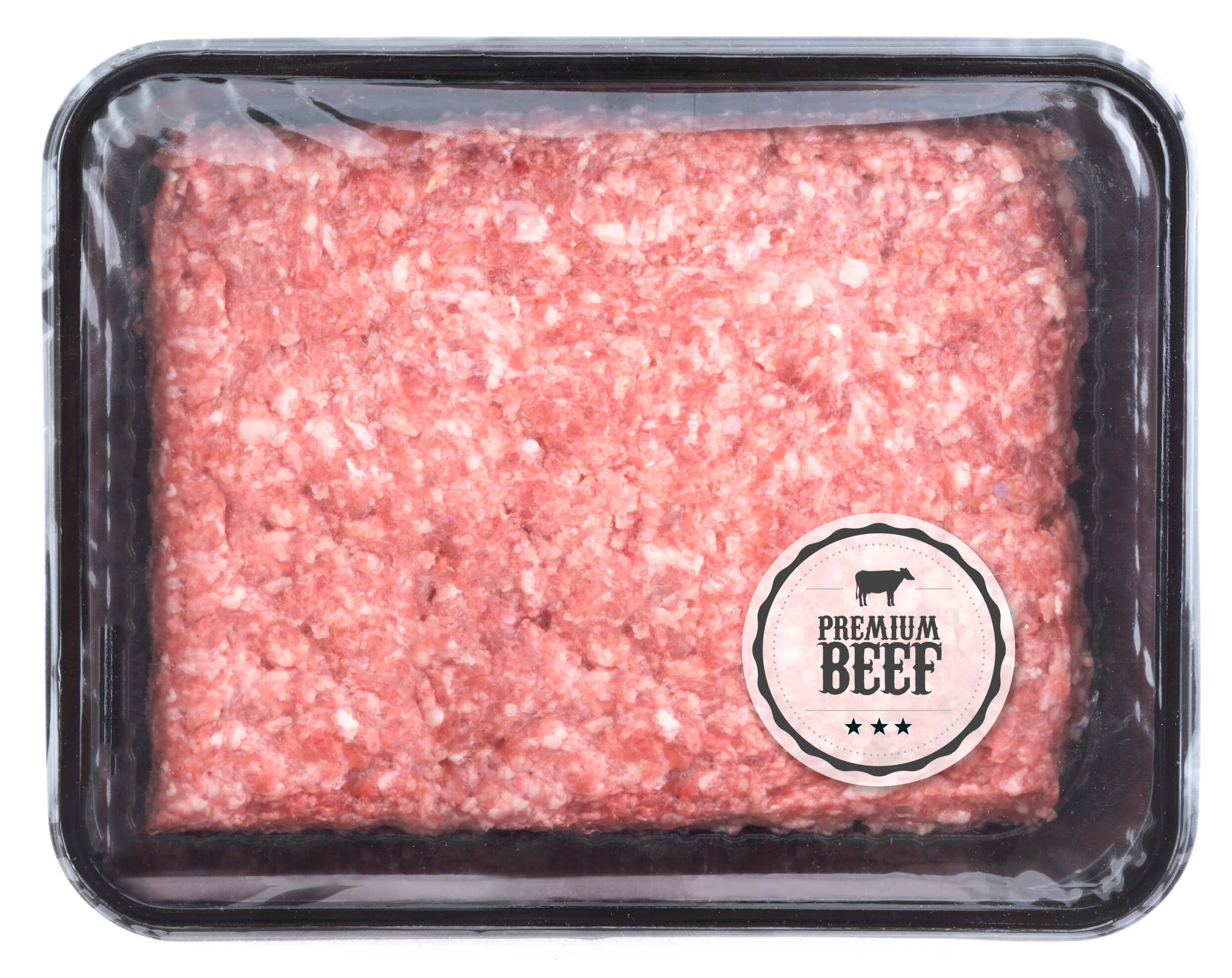
Simultaneous Detection of Multiple Species in Meat Using LC-MS/MS Technology
Smart food shopping starts with labels. However, what if we told you the ingredient list may not be all that it seems? According to Food Safety News, producers are sneaking lower quality ingredients into our food to save money. This type of food fraud is estimated to cost the global food industry $10 to $15 billion per year. If you think back to the Middle Ages, even our ancestors were consumed with cost savings by inserting nutshells, seeds, berries, and more within their spices.
Using Mass Spectrometry to Screen Hundreds of Known and Unknown Metabolites
In the field of metabolomics, you typically choose to identify and characterize as many compounds as possible in an unbiased fashion, or screen for a specific set of compounds that are biologically relevant to your research. The beauty of the TripleTOF® System is that...

MultiOmics Research For the Study of Placental Development
A recent study by Katy Williams (UCSF), Christie Hunter (SCIEX), and Andrew Olsen (Advaita) used the iPathwayGuide within the OneOmics cloud computing environment to help understand how placental development can go awry during certain pregnancy complications such as pre-eclampsia.
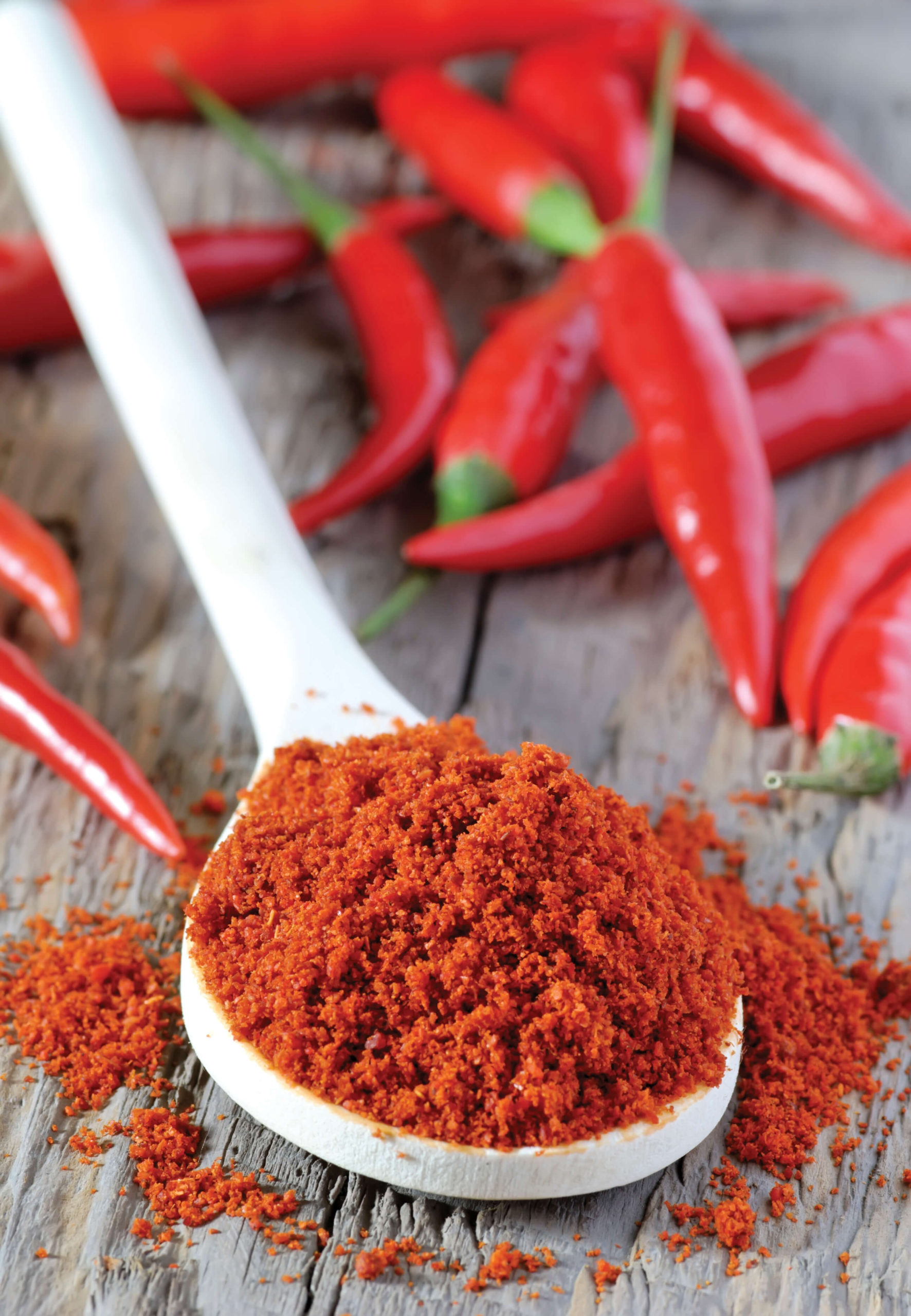
This LC-MS/MS Application Detects Almond and Peanut Allergens in Spices
If you suffer from peanut allergies, you may want to think twice before diving into a bowl of something spicy. The reason being, some shipments of North American and European products containing ground cumin, cumin powder, cayenne pepper, paprika, and pilli-pilli...
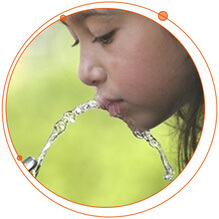
Mass Spectrometry Detects Very Low Levels of Chemical Compounds in Asia Pacific Waters
Did you know that even though most of the world is covered in water, access to clean drinkingwater remains a problem? Take Asia for example where 62,000 people have lost their lives between 2001 and 2005 due to water-related disaster and illness. Clean water is...
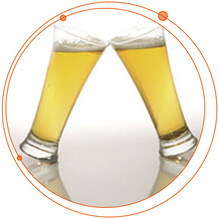
Simultaneously Detect Different Types of Beer Microbes Using XP-PCR
Spoiler Alert – How to Save Time Testing for Bacteria in Beer? Nothing ruins a batch of beer worse than bacteria, specifically Pediococcus and Lactobacillus. Too much of these hop resistant genes can get carried away causing spoilage and sour beer. It is why breweries...